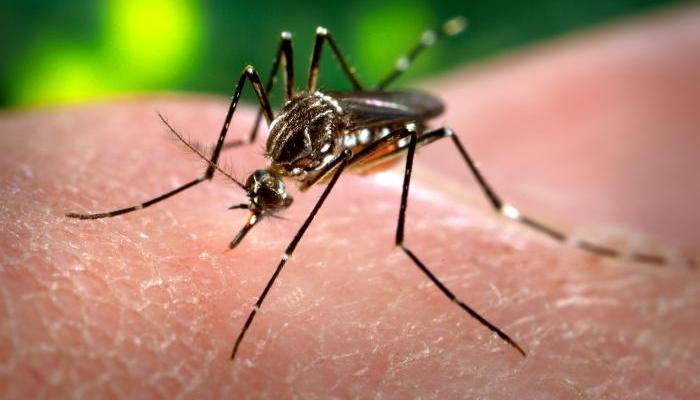Medical scientists have determined that at the end of last year, the Caribbean area faced for the first time the arrival of the so-called Chikungunya viris, originally found in Tanzania in the 1950s, and which is already affecting in larger or smaller proportions some forty nations in Africa, Asia, Europe and the Americas.
Cuban health authorities Wednesday confirmed the country's first six cases of chikungunya fever. The disease is a debilitating, mosquito-borne virus and is now suspected of afflicting tens of thousands across the Caribbean since its arrival in the region last year.
Deriving its name from a word in the African Makonde language that loosely translates as "contorted with pain," chikungunya is rarely fatal, but those who have contracted the virus call it a miserable experience. Chikungunya, which has long been present in Africa and Asia, was first detected in the Caribbean in December 2013.
It is also in the United States. Health officials in North Carolina, Nebraska and Indiana last week reported the first confirmed chikungunya cases in those states. Victims had recently traveled to the Caribbean.
The virus is transmitted by the Aedes Aegipty and Aedes albo-pictus mosquitoes, species that also may carry the dengue virus and spread it to their victims.
-
Most people infected with chikungunya virus will develop some symptoms.
-
Symptoms usually begin 3–7 days after being bitten by an infected mosquito.
-
The most common symptoms are fever and joint pain.
-
Other symptoms may include headache, muscle pain, joint swelling, or rash.
Since the Panamerican and World Health Organizations first warned about the spread of this new disease, Cuba has reinforced its epidemiological vigilance of travellers from the infested areas.
Apparently the virus was introduced in Cuba by clandestine travelers linked to illicit trade between Cuba and Haiti and the Dominican Republic.
Six cases have been reported in Cuba, all of the hospitalized and showing swift health improvements due to the speedy and effective care by the medical authorities.
Cuba is ready to face any epidemiological emergency since it enjoys a very effective public health system, a pyramid that at the base has the local Doctor and Nurse of the Communities, who are constantly and speedily monitoring the health of the area’s residents.
Besides this very effective local health network, Cuba has medical institutions and personnel highly specialized and trained for a swift reply to any outbreak that might pose a danger to the nation.
The national health system is highly organized and ready to face any emergency, however extensive or complicated it may be.
We might recall the experience lived by Cuba at the time of the world wide epidemic of the H1 N1 Virus, a global threat that was swiftly dealt with by the Cuban medical system.
Mostly due to its huge health protection capacities and the effectiveness of its Civil Defense network, Cuba was able to deal with that disease, effectively isolate it, prevent its spreading and minimize human losses and suffering.
Now, in face of this new threat, the so-called Chikungunya fever, the Cuban nation has activated its medical defence mechanisms and will effectively protect its population, especially the vulnerable groups, the aged, children, pregnant women, from this new medical threat to our country and to the Caribbean.


